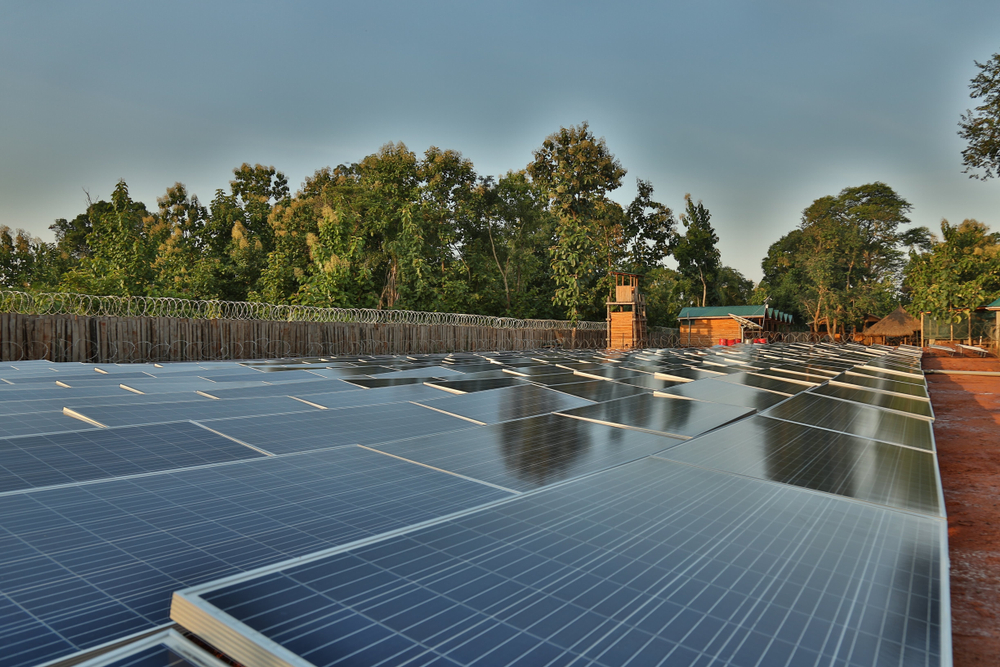
Increasing the use of local renewable energy in Sudan
This article is part of our 'Ideas to save the planet' series - a series of articles each focusing on a different innovative solution to help tackle climate change. We are grateful to our expert alumni for their insights, and hope to inspire further action through sharing their ideas.
About the author
Nader Khalifa is a career professional in the energy sector in Sudan, with over 13 years experience in a variety of projects. Nader studied an MSc in Oil and Gas Economics at the University of Dundee with a Chevening Scholarship in 2012/2013.
Key climate issues in Sudan
Sudan among the most vulnerable countries in the world to climate variability and change. Sudan has witnessed increases in temperature, floods, rainfall variability, and concurrent droughts. Sudan is a country where agriculture is mainly rainfed, and is a major contributor to gross domestic product, foreign exchange earnings, and livelihoods.
The main climate impacts and vulnerabilities on sectors include:
- Water resources
- Agriculture and pastoralism
- Coastal zones
- Dependence on hydropower energy generation
How can carbon emissions and pollution be reduced in Sudan?
It’s estimated that, globally, off-grid diesel generators operating continuously generate 150 GW of power with 5% growth per annum. Around 40GW of diesel power is installed annually, mainly in developing countries. It’s a huge amount of power, but it’s known that diesel is the most expensive, most air polluting, and most CO2 emitting way of producing electricity.
A significant portion of energy production for mining in Sudan is not connected to a stable electricity supply. Many sites are forced to rely on power from expensive, unreliable and emission-intense diesel generators.
Therefore, innovation is needed to create a market for clean and reliable energy production beyond fossil fuels and public grids.
The approach is to establish a private sector entity, or partnerships, that develop, build, and own a diversified pool of decentralised hybrid diesel-renewable (solar) energy assets. These aim to replace and substitute 50% of the industrial diesel consumption by providing businesses with reliable, affordable, grid-independent system at the scale they need.
The aim is to sell the energy as a service to the industrial customer any time. The grid is independent and the customer will have easy access to reliable, clean energy, which will result in a significant global reduction in CO2 and pollution.
It’s estimated that 10% of all oil is going to the electricity business, and we could replace this with solar or other forms of renewable energy because they are cheaper. A previous study estimated that if we are able to replace 1% of the existing diesel, this will lead to enormous impact: 1.5 GW, which is equivalent to $5b of investment annually. It can also save 1.1 billion litres of diesel annually, which means a reduction of more than three metric tons of CO2 emissions.
The challenges to be addressed are:
- High upfront investment cost for renewable energy
- High perceived risks of providing funding
- Long amortization periods of renewable energy facilities
The feasibility of the project in Sudan will be influenced by the energy and industrial policies that frame the working interactions and relationships. The project requires action in a number of policy areas:
- Policies that provide open market access to captive power generation from international private sector power producers
- Policies that aim to limit or phase out fuel subsidies or taxes
- Policies that prioritise and promote energy security
